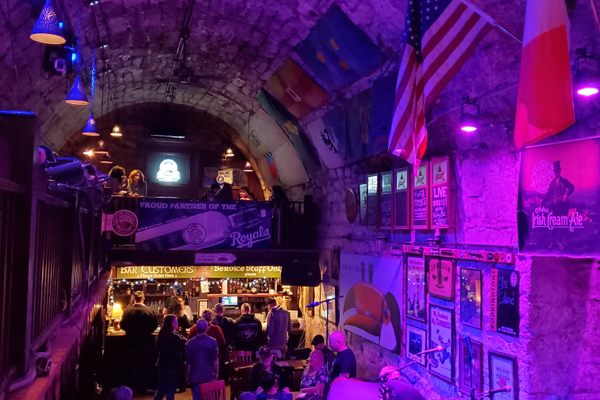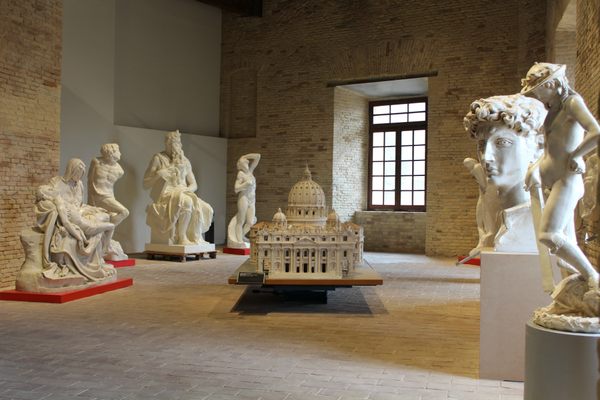National Silk Art Museum
The largest collection of woven silk tapestries in the world.
It began when collector John Pottie found what he thought was a print of a game of billiards. Removing the art from the frame, he realized it was actually woven silk. How could such a small piece of art be created from fibers and a loom? The fascination ignited; soon the National Silk Art Museum was founded in the quaint winery town of Weston, Missouri.
The creation of silk-woven tapestries harkens back to the 1700s. Tapestries are composed of thousands of dots of color, sort of like pixels. Drawings were translated into punched paper cards, similar to binary code, and run through the loom. In this way, the loom was one of the first computers and the start of our technological age. The dots are translated when each crosswise weft thread passes through the warp. The size and color of the thread and other elements are changed to create different looks. For instance, the thickness of a black thread can determine the depth of field.
Translating a drawing into a set of cards was no easy task. It took about 1,000 hours to translate an image into the dot code, a potential 2.5 years to create a set of cards, and one hour per square inch to weave the final product. Francisco Goya took a job creating drawings for weavings, working up to the loom. One of his silk tapestries is at the museum.
Because tapestry codes were often based on actual paintings, tapestries have been used to recreate lost works of art. Today punch card machine weaving is a lost art of its own. Luckily, we can visit the museum to investigate this revolutionary history and art form.
Plan Your Trip
The Atlas Obscura Podcast is Back!






















Follow us on Twitter to get the latest on the world's hidden wonders.
Like us on Facebook to get the latest on the world's hidden wonders.
Follow us on Twitter Like us on Facebook